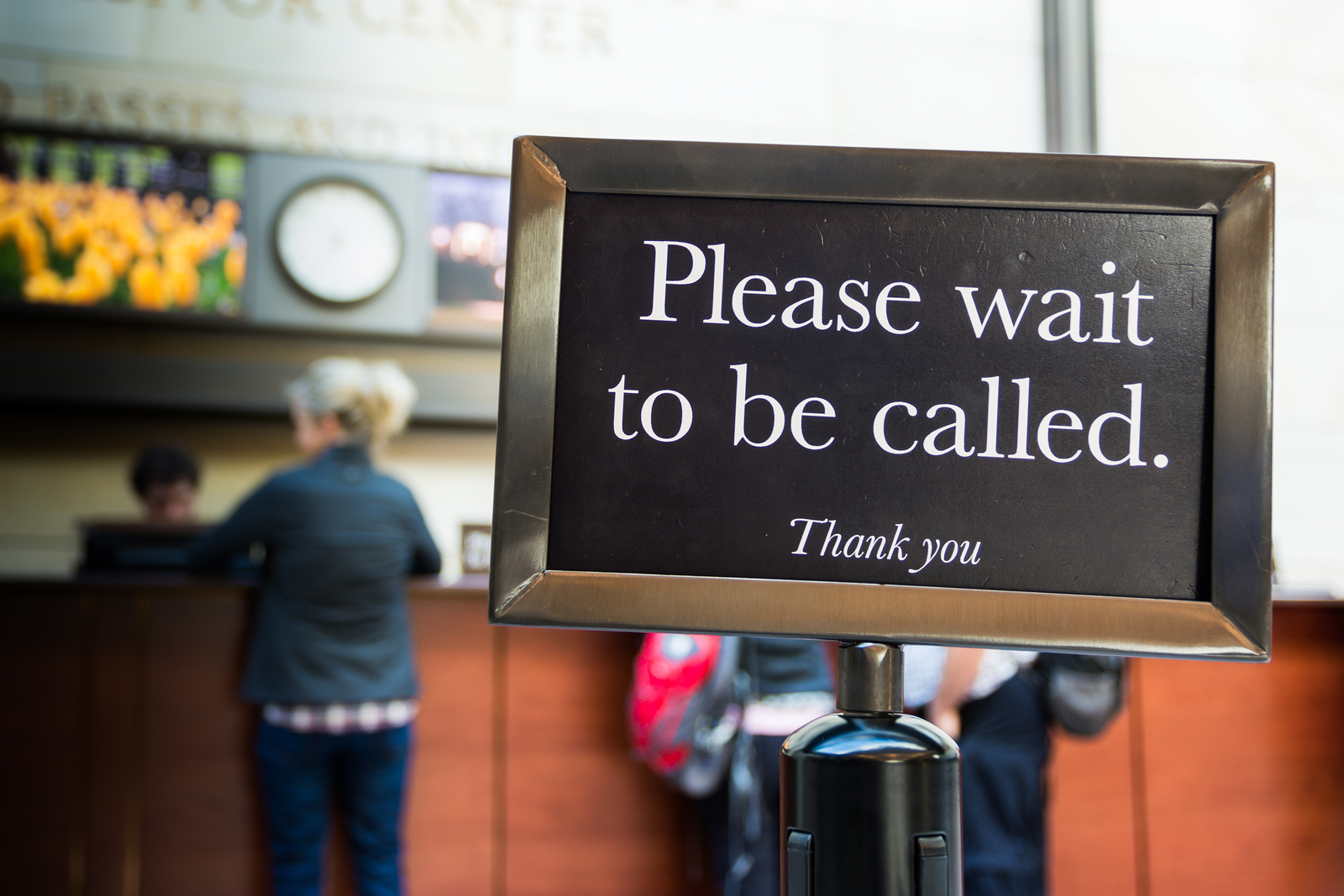Imagine you had to improve customer satisfaction. You are given limited time and a small budget. (Okay, you probably don't have to imagine those limitations.)
What would you focus on to get the best results?
Increasing service speed
Reducing service errors
Improving employee friendliness
According to data from Intouch Insight, the answer is number three, friendliness.
A nationwide study of fast food restaurants showed that employee friendliness was most tightly correlated with customer satisfaction. Friendly employees can even help offset the impact of slower service or a higher error rate.
Let's look at the data.
How friendliness connects to customer satisfaction
The Intouch Insight study used mystery shoppers to evaluate the drive-thru experience at ten fast food brands.
More than 1,500 visits were completed. The visits were spread out over different times of day and evaluated multiple factors including wait time, order accuracy, and friendliness.
That factor most closely correlated with overall satisfaction was friendliness:
Chick-fil-A was first in overall satisfaction (tied with Carl's Jr.) at 95 percent. It was also first in friendliness, with 88 percent of shoppers rating employees as friendly. Carl's Jr. was second in friendliness, at 83 percent.
Wendy's came in last, with just 82 percent of shoppers satisfied with their experience. It also had the worst friendliness rating at just 58 percent.
It probably isn't a big surprise that friendliness is connected to satisfaction.
The more surprising results come from looking at other factors such as accuracy, speed, or even perceived food quality.
Accuracy and speed are less important to customers
One of the factors rated by mystery shoppers was whether they received the correct order. There were two big surprises here.
First, none of the fast food chains in the study were accurate more that 89 percent of the time. That means one in ten orders were wrong.
Not good.
The second surprise was the relatively poor connection between order accuracy and overall satisfaction.
McDonald's tied for Arby's for best accuracy, at 89 percent, yet it was ninth in overall satisfaction. Chick-fil-A, the friendliness leader, had pretty terrible accuracy at 83 percent.
Okay, so what about speed?
This seems like it should be very important. It's called fast food after all, and the whole point of a drive-thru is to maximize speed and convenience.
Once again, speed didn't correlate with overall satisfaction.
The drive-thru was the slowest at satisfaction leader, Chick-fil-A. KFC had the fastest average time at 5:03, but ranked eighth in overall satisfaction.
One reason it takes longer to go through the drive-thru at Chick-fil-A is because there tends to be more cars in line than at other chains. Chick-fil-A is much faster when you factor in the other cars in line.
Yet, there's still no correlation. McDonald's had the second-best speed per car, yet it ranked next-to-last in overall satisfaction.
These results back up another study that suggests customers' perception of wait time is influenced by more than just how long they had to wait.
What about food quality?
Intouch did its study in partnership with QSR, so I pulled data from a separate QSR study for this one. It analyzed online reviews and scored several dimensions, including food quality, based on what customers mentioned in the review comments.
Chick-fil-A had the highest food quality rating of the ten chains, but the real surprise was food quality didn't correlate tightly with overall satisfaction.
The line in the chart shows the food quality ratings. The number scale represents the ratio of positive to negative comments about the food.
Chick-fil-A had a score of 5.65, which means it gets 5.65 positive mentions about the food in online reviews for every negative comment. Yet co-satisfaction leader, Carl’s Jr., had a relatively poor food quality score of 2.29.
McDonald’s was last, with a score of 1.27. Burger King, which was mid-pack in customer satisfaction, had the second-worst food quality score of 1.43.
When it comes to quality, there's Chick-fil-A and then there's everyone else.
How can companies be more friendly?
Asking employee to be more friendly is easier said than done. Otherwise, friendliness would be the norm.
It helps to look at reasons why employees aren't friendly. Fast food employees tend to face a variety of challenges, including uncertain schedules, low pay, and demanding bosses. Even naturally friendly employees can find themselves struggling to smile in these environments.
Poor products and services also lead to mutually assured dissatisfaction. Customers get more angry, which makes employees’ jobs more miserable. Eventually, nobody’s happy.
For example, a McDonald’s cashier once looked me straight in the eye and said, “I hate people like you,” because I didn’t have exact change when paying for my meal. (This was a long time ago when paying with cash was the norm.)
It took my a long time to figure out why the employee was so rude.
You can read that story in the first chapter of my book, Getting Service Right. Download the first chapter for free right here.
Conclusion
This data reveals two important points.
First, Chick-fil-A has a well-earned reputation for great food and service but it doesn't pay a penalty for long wait times and poor order accuracy.
Second, friendliness isn't as obvious as it might seem. Otherwise, more fast food chains would put it on the menu.








